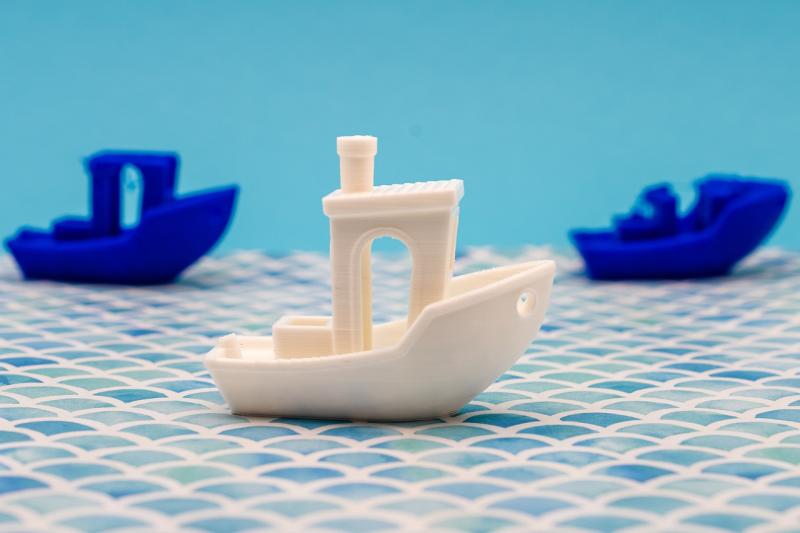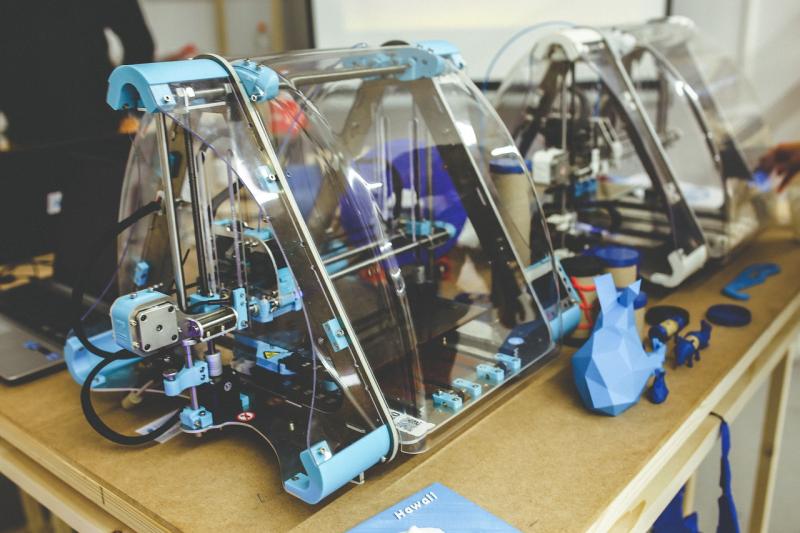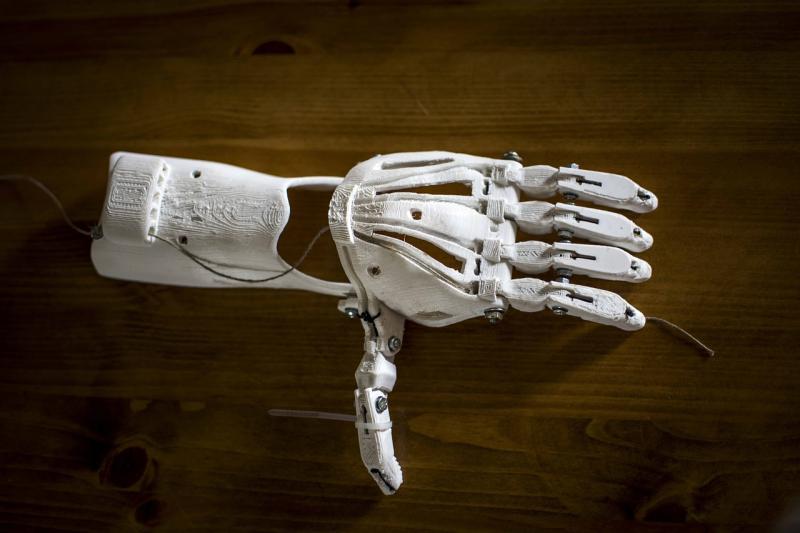3D printing might sound like something out of a sci-fi movie, but it’s actually a lot simpler and more accessible than you might think. At its core, 3D printing is a process where you create physical objects from a digital file. It works by laying down material, usually plastic, layer by layer until your design comes to life. Pretty cool, right?
There are a few essential concepts you should know as you dive into 3D printing. First, you’ll need a good 3D model. This can be designed using software like Tinkercad or downloaded from websites that offer free models. If you're not into design, there are plenty of ready-made models waiting for you!
Next up is the printer itself. There are various types of 3D printers, including FDM (Fused Deposition Modeling) and SLA (Stereolithography). FDM printers are often more affordable and perfect for beginners. They are easy to use and work well for a wide range of projects.
Don’t forget about materials! The most common is PLA filament, great for beginners because it's biodegradable and pretty forgiving to work with. Once you get comfortable, you might want to explore other materials like PETG or ABS, which offer different properties and uses.
Lastly, think about your printing space. A sturdy, flat surface is essential, and you'll want to ensure good ventilation if you're working with materials that produce fumes. With a little bit of setup and some patience, you’ll be well on your way to creating amazing 3D printed items for your small business.
Choosing the Right 3D Printer for You
Choosing the right 3D printer can feel like a daunting task, especially if you're just starting out in the 3D printing world. There are so many options, each with its own features and capabilities. But don’t worry! We’ll break it down into a few key points to help you make the best choice for your small business.
First off, think about what you want to print. Are you looking to create prototypes, functional parts, or maybe even some cute custom items? Different printers shine in various areas. For instance, if you're focusing on detail and intricate designs, a resin printer is your best bet. On the other hand, if you want something versatile for larger projects, an FDM printer might be the way to go.
Next, consider the size of the printer and the build volume. If you plan to print larger items, look for a printer with a bigger build area. But if space is tight, you might prefer a compact model. Just keep in mind: a larger printer usually means a larger investment, so balance your needs with your budget.
Don't forget about the ease of use! Some printers are more user-friendly than others, which can be a lifesaver if you're new to 3D printing. Look for machines with simple setup processes, reliable software, and good customer support. Reading reviews from other users can really help here.
Finally, think about your budget and ongoing costs. While it might be tempting to go for the cheapest option, investing a bit more in a reliable printer can save you headaches down the line. Also, factor in the cost of materials and maintenance. Making a wise choice now can set you up for smoother sailing as you embark on your 3D printing journey!
Essential Materials for 3D Printing Success
Getting started with 3D printing can be super exciting, but having the right materials makes all the difference in your success. Let’s dive into what you really need to get rolling!
1. Filament
Filament is the bread and butter of 3D printing. It’s what your printer uses to create objects. Here are some popular options:
2. Resin
If you’re using a resin printer, you’ll need a quality resin. Look for something that suits your project, whether it’s standard, flexible, or tough resin. Keep in mind that resin printing usually requires more post-processing, but the detail can be amazing!
3. Adhesives and Finishing Supplies
Don't forget about adhesives for assembling parts if needed, plus finishing materials like sandpaper for smoothing any rough edges. Depending on your project, you might also want paint or primer to give your printed items a polished look.
Having these materials on hand will help you avoid headaches when you start producing your 3D creations. With the right supplies, you can bring your ideas to life in no time!
Turning Ideas into Profits with 3D Printing
If you've ever had an idea for a product or solution but thought, "I just don't have the resources to make it happen," 3D printing might change that. This technology allows you to turn your concepts into tangible products without needing a big budget. Whether it’s custom phone cases, unique jewelry, or even functional tools, the possibilities are endless!
One of the coolest things about 3D printing is how accessible it is. You don’t need to be an engineering wizard or have access to a factory. Many affordable printers can fit right in your home office. Plus, there’s a wealth of free design software out there, making it easy to learn how to create your own models. With a little creativity, your ideas can quickly transform into a product you can sell.
Once your design is ready, you can print it out and see how it looks and feels in real life. This immediate feedback helps you tweak your product before putting it on the market. It’s like having your own prototype lab at home! After refining your product, you can list it on platforms like Etsy or eBay, or even create your own online store. Your unique 3D-printed items could be just what customers are looking for.
Engaging with your audience is key to growing your small business. Share your design process on social media, invite feedback, and even take custom orders. People love to feel connected to the maker of their products. Building a community around your brand not only helps you sell but also opens doors for collaboration and support as you explore new ideas.



